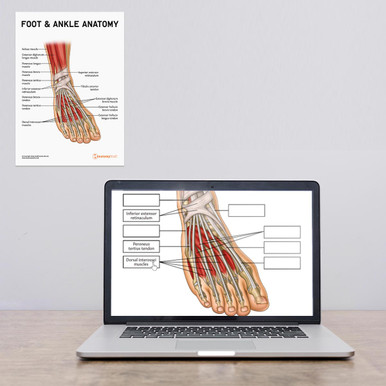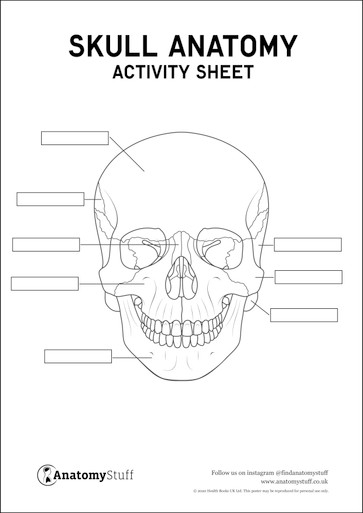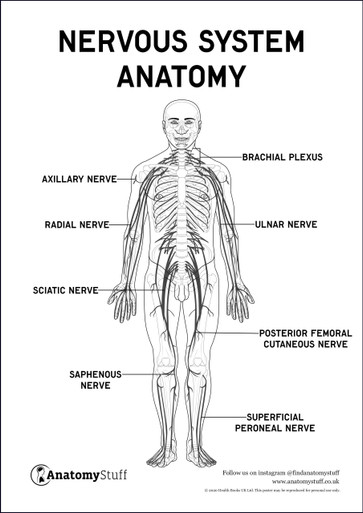Written by: Zak Shah, 3rd Year Medical Student, UCL.
Top Tips for Studying Anatomy
Medical school is starting, and you’ve probably heard that a medicine degree is very content-heavy, with anatomy, physiology, and pathology to get your head around in the first few weeks! With mountains of knowledge being chucked at you, learning anatomy for the first time can make you feel that you don’t know your olecranon from your glutes, so here are some tips for studying anatomy!
1) Re-learn your left and right
Left is right, and right is left! One of the first challenges you’ll come across is remembering that when we are talking about body parts in the anatomical position, it is as if we are looking at the patient face-on. When we use anatomical language, we use the patient’s perspective – therefore, the patient’s left arm will appear on your right side. Likewise, when listening for a patient’s heart sounds with a stethoscope, you will be placing the stethoscope on your right side – i.e., the patient’s left side. Reorientating your sense of directions can be confusing for the first few weeks – a fun way to make friends and get used to these directions is to play an anatomical Simon says!
2) Learn how to describe relative positions of the body
Just like the words ‘left’ and ‘right’ will have different meanings, we don’t use words like ‘up’ or ‘down’ as this can change based on perspective. Instead, we use fancy words for the directions of things in the body. You should familiarise yourself with the following pairs of terms:
• Anterior vs Posterior
• Ventral vs Dorsal
• Proximal vs Distal
• Medial vs Lateral
• Superior vs Inferior
• Cranial vs Caudal
• Internal vs External
• Deep vs Superficial
Free Download PDFs
View All3) Start with the big picture before learning details
For example, you may not yet know that in the forearm itself, there are twenty different muscles. At some point, you will need to know the name of each of these along with their innervation and actions. It can definitely seem overwhelming to try to memorise each of these muscles as a list without a system or overview in your mind. However, by understanding the big picture before you go into learning individual muscle names, it can be a lot more manageable.
For example, you could start by learning that nearly all of those muscles will fit into two simple categories – flexors and extensors. Then you could bear in mind that the majority of the flexors are on the same side of your forearm as your palm, while the extensors are on the opposite side. You then systematically go into a little more depth, for example, picturing that the majority of the flexors all have innervation from the median nerve and all the extensors receive innervation from the radial nerve. Just by layering your knowledge like that, you are now in a much better position to learn the individual muscles because each muscle now is a jigsaw piece in your mind, part of the bigger puzzle, rather than an isolated fact. You can use this approach for most of anatomy – start with the obvious things and add detail piece by piece.
4) Draw out your own diagrams
Anatomy isn’t just about understanding where parts of the body are, it is important to also memorise these parts. Drawing out parts of the body with their innervation and blood supply is a good method of active recall. You may find that drawing is a good stress reliever too, that makes the workload more enjoyable! Express yourself with lots of pretty colours and draw some satisfying blood vessels! If you are struggling to memorise a part of anatomy, you can draw it out four or five times from memory until it sticks. Drawing out diagrams is fantastic for people who learn visually. I used this method to memorise the brachial plexus – a nightmare for all medical students!
Try our anatomy colouring book with lots of anatomy illustrations – great to use as an anatomy study tool!
5) Make use of your anatomy labs
Whether your labs are dissections or involve prosections, it is likely your time in the lab will be limited, and you may be in a larger group, which will mean that you may not be able to fully look at a structure until you understand its’ anatomy. If you prepare beforehand and make use of this limited time, you will gain much more than you will just showing up.
6) Use resources from AnatomyStuff.co.uk
We have lots of free resources available and posters and guides available to purchase too. You can display these on your walls so that you see them every day – what’s more, they are expertly designed to look great – a fantastic way to decorate your new university accommodation!
Related Products
View All













